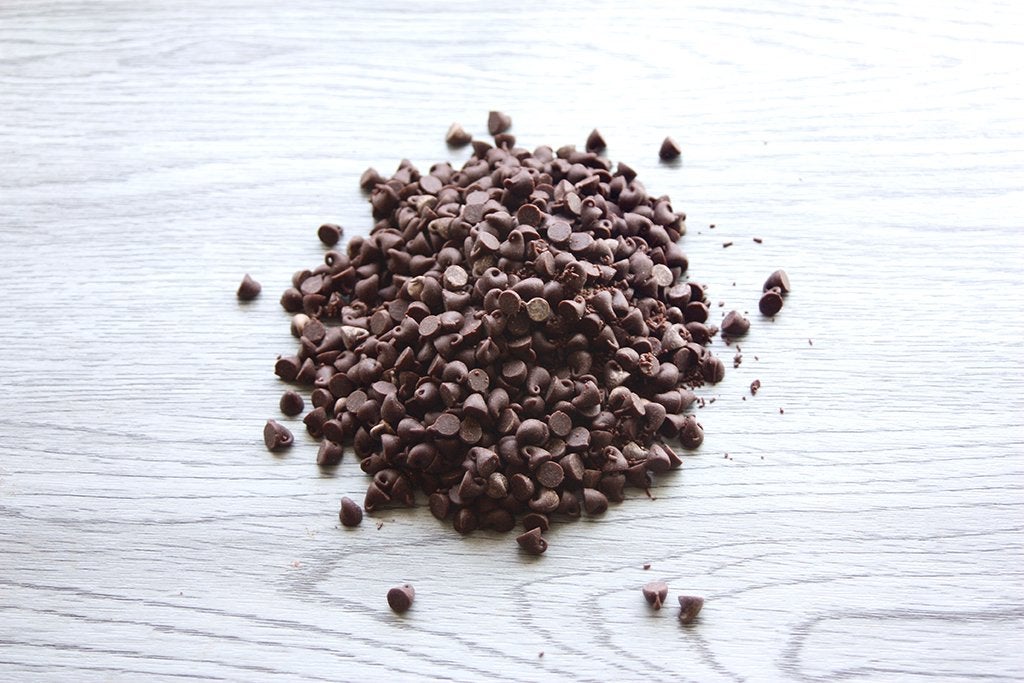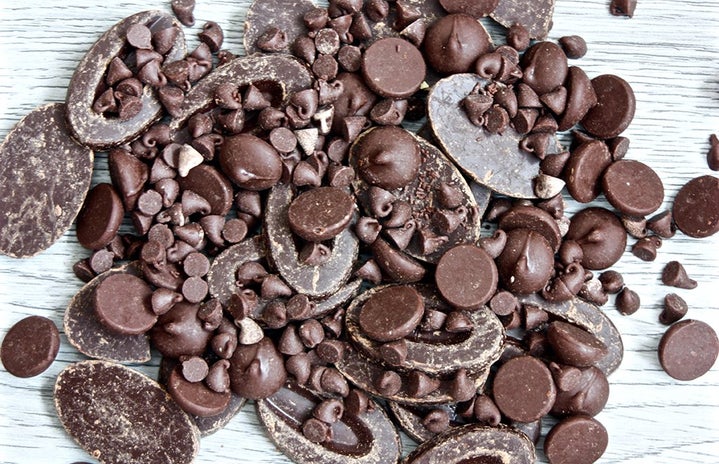My life couldn’t thrive without chocolate.
Every year, my mom would allow me to delve into a small pack of Ritter Sport chocolate as my Lunar New Year prize. Before unwrapping the square bar, I would eye its gaily-painted tin-foiled package until my sweaty hands almost melted it.
After I entered college, different kinds of chocolate enriched my life. The multi-colored packages of Ritter Sport highlighted different flavors, and for the most part, constantly brought me back to my childhood during which chocolate was a sweet scarcity for me. Different brands of chocolate, which cost $2 per pack, provided me with a window into the world of bitterness, sweetness, as well as intimate bondings with new college friends. I snacked on Reetz with my roomie to celebrate Halloween and sought relief from the final study period by cutting out for a bite of mocha Kit Kat at a convenience store with my teammates.
Chocolate, along the timeline of my life, has been nourishment to other people’s lives, too. It’s a symbol of romance, a moderator for negativity, and a joy after dinner. While marvelous stories about chocolate abound, the history of chocolate evokes a worrisome memory.
People couldn’t imagine chocolate in their life until the 16th century. Cacao trees producing cacao beans — the main source of chocolate — were only grown in Mesoamerica. Chocolate was first made by grinding and mixing the cacao beans with cornmeal and chili peppers. In 1519, chocolate was first traded in Spain. Bitter-tasting chocolate was used for treating illnesses but eventually became favorable to the public once sugar and vanilla were added. So time-consuming was the production of chocolate that the skyrocketing demand was accommodated at the expense of human rights: cruel slavery and child abuse were common where cacao beans originated in African countries and the Caribbean.

Children enduring extreme poverty — and some of whom were “sold” this endangered, unsecured job by traffickers — worked on cacao farms to support their families. Working conditions were inhumane, too. To collect cacao beans, children climbed trees at a certain height and cut beans with the use of machetes — a heavy, dangerous knife — and many of them were left with scars all over their bodies. Without clothing protection, they were also exposed to toxic insecticides sprayed to protect cacao plantations.
With human rights underrepresented, children on cacao farms were also edged out of education opportunities claimed equally deserved by International Labor Organization (ILO) Child Labor Standards, while the low-paying job still left poor laborers entrenched in financial woes. Physical violence and deprivation of freedom weren’t out of the picture, either. Slaves were whipped for sluggish work, locked on the farms at night, and gagged for an attempt to escape home as they hadn’t seen their families for good.
The chocolate industry never put effort into financially supporting and rescuing families whose children were sold to cacao farms. While chocolate companies were making billions of dollars, cacao farmers were barely making a living wage for their products. More retooling is urgently needed in this industry, so different labels, such as the Rainforest Alliance Certification, are stamped on chocolate packages to prove to customers what they buy is never at the expense of exploitative labor.
After the outcries of a human-rights crisis, a solution to consuming chocolate sourced from West Africa was found. Over 70% of chocolate is grown in West Africa, where major chocolate companies, such as Ritter Sport and Kit Kat are based.
The sweeter a chocolate tastes, the more bitterly I will be haunted by the cruel history behind the delicate package. As much as I don’t mean to frustrate you with this nightmarish, heart-breaking memory, we should educate ourselves on the flip side of what most of us consider our “life nourishment.”
Now, do you still feel like having a bar of chocolate?
Want to keep up with HCBU? Make sure to like us on Facebook, follow us on Instagram, check out our Pinterest board, and read our latest Tweets!




